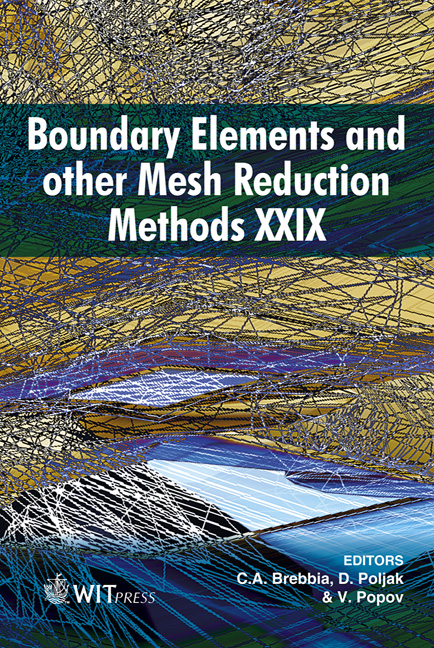Comparison Of Radial Basis Functions In Evaluating The Asian Option
Price
Free (open access)
Transaction
Volume
44
Pages
8
Published
2007
Size
359 kb
Paper DOI
10.2495/BE070131
Copyright
WIT Press
Author(s)
F. Zhai, K. Shen & E. Kita
Abstract
Some researchers have presented the application of radial basis function approximation to the evaluation of option contracts. In a previous study, the authors described the evaluation of Asian options by using radial basis function approximation. The numerical results indicated that the computational accuracy depended on the radial basis function and the reciprocal multi-quadric function was better than the multi-quadric one. So, in this study, some radial basis functions are applied to the evaluation of the Asian option of one asset. We compare the multi-quadric, the reciprocal multiquadric, and Gaussian functions. The results show that the reciprocal multiquadric function and Gaussian function give better numerical results and the reciprocal multi-quadric function is better than the others. 1 Introduction Recently, the financial derivatives are dealt widely and the importance is expanded. The importance of the derivative transaction is increasing for the adequate sharing of the financial risk. The option transaction is one of the most important financial derivatives and therefore, several schemes have been presented by many researchers for their pricing [1, 2]. Several financial options have been developed; European option, American option, Look-Back option, Exotic option and so on. In the previous study [3], the authors described the formulation for evaluation of the Asian option. The results showed that the computational accuracy of the present algorithm depended on the radial basis function to be employed for the evaluation. In this study, three kinds of the radial basis functions are applied for evaluation of Asian option and then, the computational accuracy and cost are compared.
Keywords





